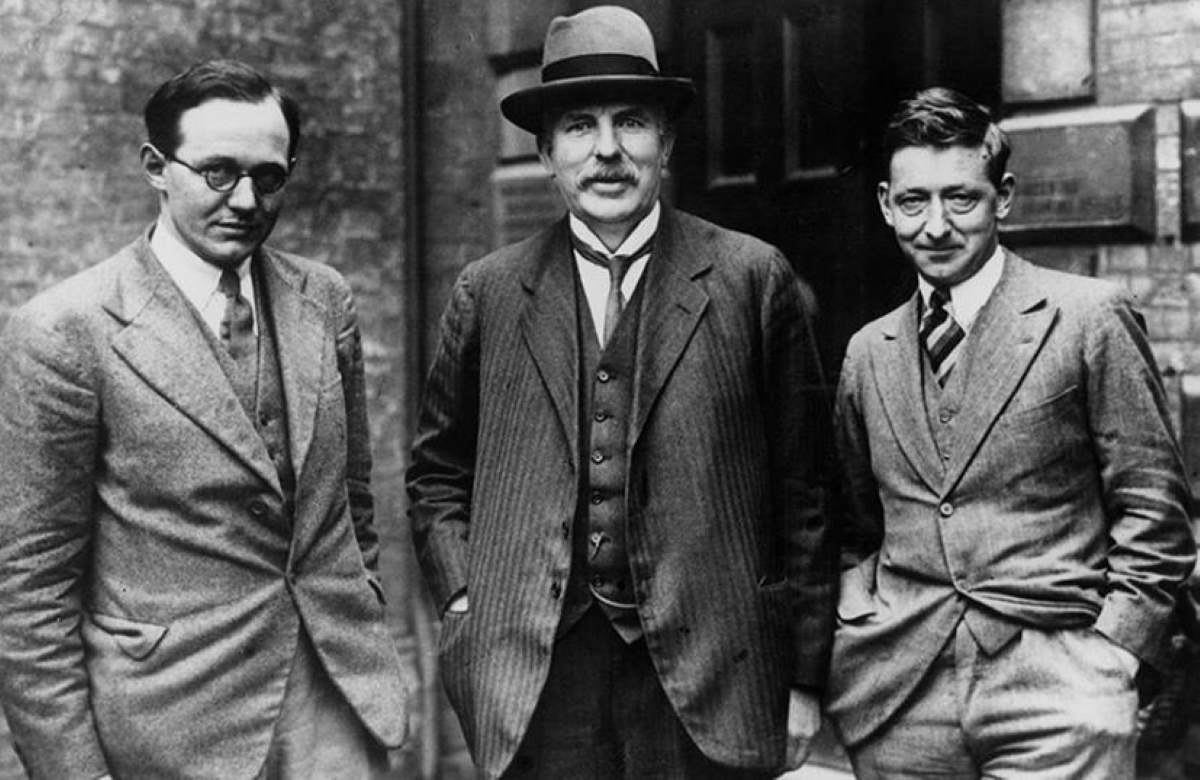On April 14, 1932, the English physicist Sir John Douglas Cockcroft and the Irish physicist Ernest Walton split the atom for the first time using the nuclear particle accelerator they built, also the first particle accelerator in history. Cockcroft and Walton won the 1951 Nobel Prize in Physics for their “work on the transmutation of the atomic nuclei by artificially accelerated atomic particles”, popularly known as splitting the atom.
Today’s (April 14) story of what happened this day in Science, Technology, Astronomy, and Space Exploration history.
Splitting the atom
Ernest Walton and John Cockcroft were working at the University of Cambridge’s Cavendish Laboratory, under the supervision of Ernest Rutherford (30 August 1871 – 19 October 1937), the New Zealand-born British physicist who came to be known as the father of nuclear physics.
Previously, in 1919, Rutherford succeeded in disintegrating nitrogen atoms with alpha particles emitted from decaying radium atoms. His experiments hinted at the structure of the nucleus of the atom.
Rutherford realized that in order to explore the atomic nuclei further, he needed a device creating particles with a velocity high enough to overcome the charge of the nucleus.
He assigned John Cockcroft, Thomas Allibone (an English physicist, 11 November 1903 – 9 September 2003), and Ernest Walton to the problem.

Tho physicists built a device that became known as a Cockcroft-Walton accelerator. Australian physicist Mark Oliphant (8 October 1901 – 14 July 2000) designed a proton source for them.
Then, Cockcroft read a paper by the famous Russian-born American polymath, theoretical physicist, and cosmologist George Gamow (March 4, 1904 – August 19, 1968) on quantum tunneling and a light bulb went on his head: he realized that as a result of this phenomenon, the desired acceleration effect could be achieved with much lower voltages than previously thought. Cockcroft calculated that protons with an energy of just 300,000 electronvolts would be able to penetrate a boron nucleus.
Cockcroft and Walton worked on their accelerator for the next two years. Rutherford obtained a £1,000 grant from the University of Cambridge for them to buy a transformer and other equipment they needed.
On April 14, 1932, Walton bombarded a lithium target. Observing from a lead-lined room, the scientists saw glowing spots on a zinc sulfide screen, indicating interactions with alpha particles. Cockcroft and then Rutherford were summoned and confirmed that this was indeed the case.
That evening, Cockcroft and Walton met at Rutherford’s home and produced a letter for Nature in which they announced their results, the first artificial disintegration of an atomic nucleus, a feat popularly known as splitting the atom.
For their accomplishment, Cockcroft and Walton were awarded the Hughes Medal in 1938, and the Nobel Prize in Physics in 1951.
Sources
- “Splitting the Atom” on the Physics Today website
- Ernest Walton on Wikipedia
- John Cockcroft on Wikipedia
- Ernest Rutherford on Wikipedia
- How Many Elephants are Left in the World in 2025? - August 17, 2025
- Moon Landings: All-Time List [1966-2025] - February 2, 2025
- What Is Max-Q and Why Is It Important During Rocket Launches? - January 16, 2025

